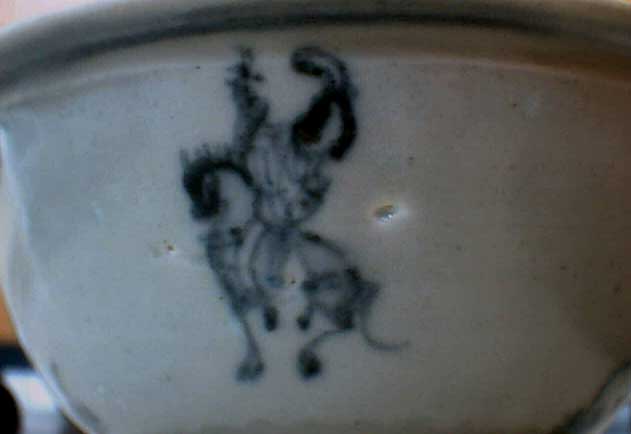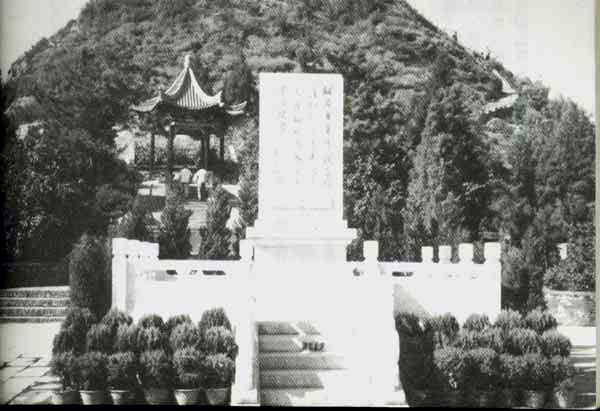|
The story
of Han Beauty, Wang Zhaojun
Wang Zhaojun is perhaps one of the most well-known beauties of ancient China. She was a native of Zigui in Western Hubei province. She entered the imperial harem during the reign of Emperor Yuan of Western Han (48-33 BC). As the emperor had a large harem of maidens, he chose his companions by looking at their portraits. The court painter, Mao Yan shou had painted an unflattering portrait of Wang Zhaojun because she refused to bribe him. As a result, she failed to receive the emperor's favour. When the northern barbarous nation, Xiongnu chieftain, Huhanxie became a subject of the Han empire, he asked the Emperor to grant him a Han beauty as his empress. To consolidate the relations with the Xiongnu, Emperor Yuan acceded to the request. However, he was not prepared to part with any of his beautiful maidens. He chose Wang Zhojun as the bride for Huhanxie as she appeared ordinary and plain from the portrait. It was only when she was summoned before the emperor prior to her departure that Emperor Yuan realised his terrible mistake. To his amazement and dismay, she turned out to be the most beautiful of the maidens in his harem. However, it was too late for the Emperor to change his decision. In anguish and sorrow, he parted with Wang Zhaojun. Mao Yanshou was subsequently put to death for deceiving the Emperor. The fate of Wang Zhaojun had however been sealed. With saddness, Wang Zhaojun, clutching her Pipa (a musical instrument) to her bosom, departed from Changan and travelled beyond the Great Wall to the land of the Xiongnu. Her story is well-captured in this rich and poignant poem entitled Song of Mingfei: "When Mingfei left the palace
of Han, A Ming Hongzhi Period Blue and White Bowl depicting Wang Zhaojun departing to the land of Xiongnu
Wang Zhaojun never returned and died in a distant
barbarous land. Her tomb at Hohhot in Inner Mongolia was one of the
eight special scenary spots in present Inner Mongolia.
|




